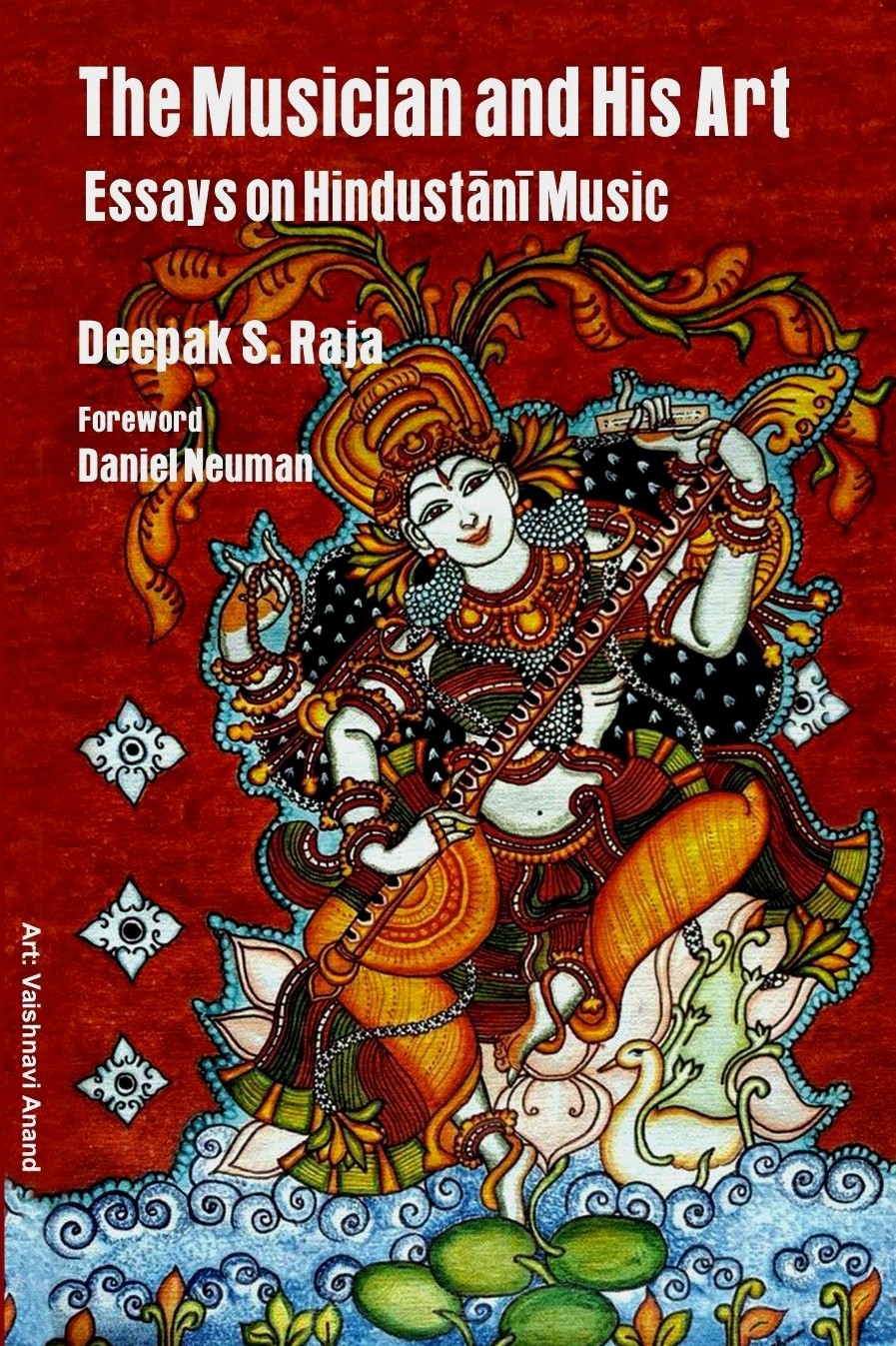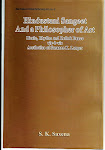 Arti spoke to Deepak Raja on December 20, 2003
Arti spoke to Deepak Raja on December 20, 2003 In the last few years, I find that my definition of the beautiful in music is changing. When I look back on my youth – 20 years ago, when I entered the profession – I realize that I had very strong ideas about what is good music. Everything that did not fit this notion did not seem to even qualify as music. I went through several years of believing that Kishori Amonkar’s music was the only music that qualified as music. And, yes, I also studied with her for a few years.
As I started getting exposed to other leading musicians, I started seeing the beautiful facets of their music too. Then started a phase in which I wanted to sing the alap like one vocalist, bol-anga like another, and tan-s like yet another. Gradually, this too faded away, and I started seeing the beauty and integrity of every approach in its completeness. Once I reached this stage, I realized the futility of following models of vocalism, and began relating the universe of musical ideas to my own musical personality – who I am, what my voice can deliver, what I enjoy singing.
The stages through which I have passed are necessary stages of evolution. The world of music is so vast that it is impossible to enter it – in the early stages -- without wearing the blinkers of the gharana-s or models. It is only when we have absorbed one model well that we can start looking for our musical selves in a larger universe of musical ideas. The search for our musical selves is also a natural stage of evolution in life. At some stage, the reliance on borrowed ideas induces a feeling of hollowness within us. We feel the need to immerse ourselves so totally in our music, that we lose consciousness of our selves. This is a difficult stage for audiences to handle.
There is a substantial section of the audience that wants to hear Arti singing like Kishori Amonkar. This audience becomes uncomfortable when Arti starts singing what she wants to sing. It is a rough ride for the musician as well as the audiences. But, it is nothing new in our tradition. Every musician has had to go through this. As my neural chemistry changes, my music will also change. If Arti dives deep enough into the reservoir of her musicality, she will transmit the joy of the experience to her audiences. And, finally, this is what the audiences look for in the musical experience.
I am not belittling the tricky aspects of the transition in terms of audience expectations and their fulfilment. Yes, there is some dissonance amongst some sections of the audience. Yes, my audience profile seems to be changing without any shrinkage of numbers. I am probably no longer making too much sense to the younger crowd, but drawing the more mature audiences. But, I now have to be honest to myself, sing with conviction and total involvement, and let the audience factor recede from my consciousness.
For helping me along in this direction, I am indebted to my current guru, Dinkar Kaikini. It is not easy to guide a musician at my stage of evolution. I have been around, and fairly busy for 20 years now. By objective standards, I have no compelling reason to undertake a major overhaul of my music. But, what I do have is the inner urge – a spiritual urge, if you like – to grow as a musician, and through my music, as a human being. At this stage, my Guru’s inputs are no longer a matter of imparting knowledge of raga-s, or bandish-es or techniques of melodic execution. These are incidental.
Kaikiniji has made me realize that it is the mind that sings and not the voice. He has begun to untangle the cobwebs in my mind so that I might discover my musical self. He has made me sense the emotional charge inherent in every swara, and demonstrated to me the means of expressing it. He has helped free my mind from the reference points that had orientated my music so far. He has set me off on the path of self-discovery. I cannot say that I have got there. But, knowing where you have to go, and being on the path is a good beginning. At least I have a good chance of getting there if I persevere. If the audiences accept the results of this journey, well and good! If they don’t, I have to be prepared for the consequences.
© Deepak S. Raja. 2003
I am not belittling the tricky aspects of the transition in terms of audience expectations and their fulfilment. Yes, there is some dissonance amongst some sections of the audience. Yes, my audience profile seems to be changing without any shrinkage of numbers. I am probably no longer making too much sense to the younger crowd, but drawing the more mature audiences. But, I now have to be honest to myself, sing with conviction and total involvement, and let the audience factor recede from my consciousness.
For helping me along in this direction, I am indebted to my current guru, Dinkar Kaikini. It is not easy to guide a musician at my stage of evolution. I have been around, and fairly busy for 20 years now. By objective standards, I have no compelling reason to undertake a major overhaul of my music. But, what I do have is the inner urge – a spiritual urge, if you like – to grow as a musician, and through my music, as a human being. At this stage, my Guru’s inputs are no longer a matter of imparting knowledge of raga-s, or bandish-es or techniques of melodic execution. These are incidental.
Kaikiniji has made me realize that it is the mind that sings and not the voice. He has begun to untangle the cobwebs in my mind so that I might discover my musical self. He has made me sense the emotional charge inherent in every swara, and demonstrated to me the means of expressing it. He has helped free my mind from the reference points that had orientated my music so far. He has set me off on the path of self-discovery. I cannot say that I have got there. But, knowing where you have to go, and being on the path is a good beginning. At least I have a good chance of getting there if I persevere. If the audiences accept the results of this journey, well and good! If they don’t, I have to be prepared for the consequences.
© Deepak S. Raja. 2003
Read a detailed profile of the artist in: "Khayal Vocalism: Continuity within Change".
The finest recordings of Arti Anklikar-Tikekar have been produced by India Archive Music Ltd., New York. IndiaArcMu@aol.com
The finest recordings of Arti Anklikar-Tikekar have been produced by India Archive Music Ltd., New York. IndiaArcMu@aol.com





